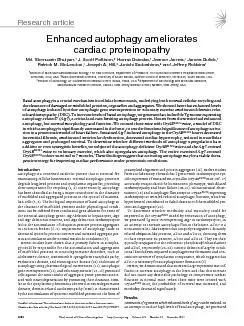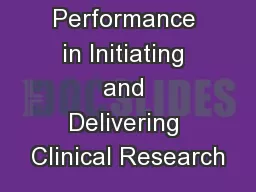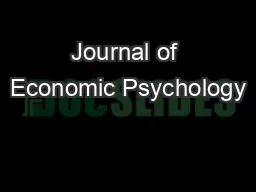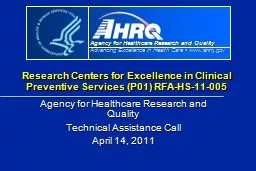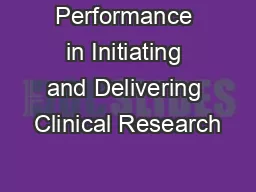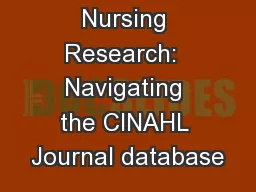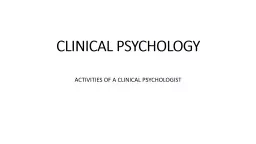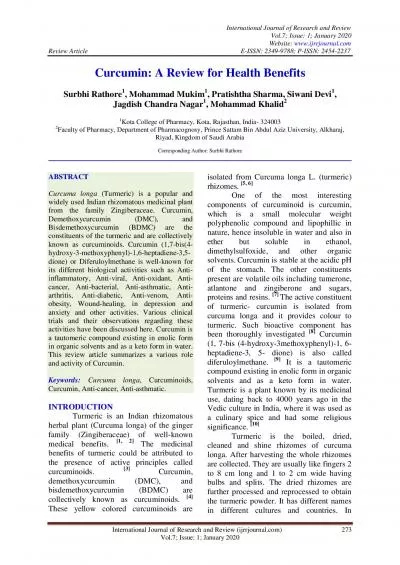PDF-Research article The Journal of Clinical Investigatio
Author : lois-ondreau | Published Date : 2015-04-28
jciorg Volume 123 Number 12 December 2013 Enhanced autophagy ameliorates cardiac proteinopathy Md Shenuarin Bhuiyan J Scott Pattison Hanna Osinska Jeanne James James
Presentation Embed Code
Download Presentation
Download Presentation The PPT/PDF document "Research article The Journal of Clinica..." is the property of its rightful owner. Permission is granted to download and print the materials on this website for personal, non-commercial use only, and to display it on your personal computer provided you do not modify the materials and that you retain all copyright notices contained in the materials. By downloading content from our website, you accept the terms of this agreement.
Research article The Journal of Clinical Investigatio: Transcript
Download Rules Of Document
"Research article The Journal of Clinical Investigatio"The content belongs to its owner. You may download and print it for personal use, without modification, and keep all copyright notices. By downloading, you agree to these terms.
Related Documents

